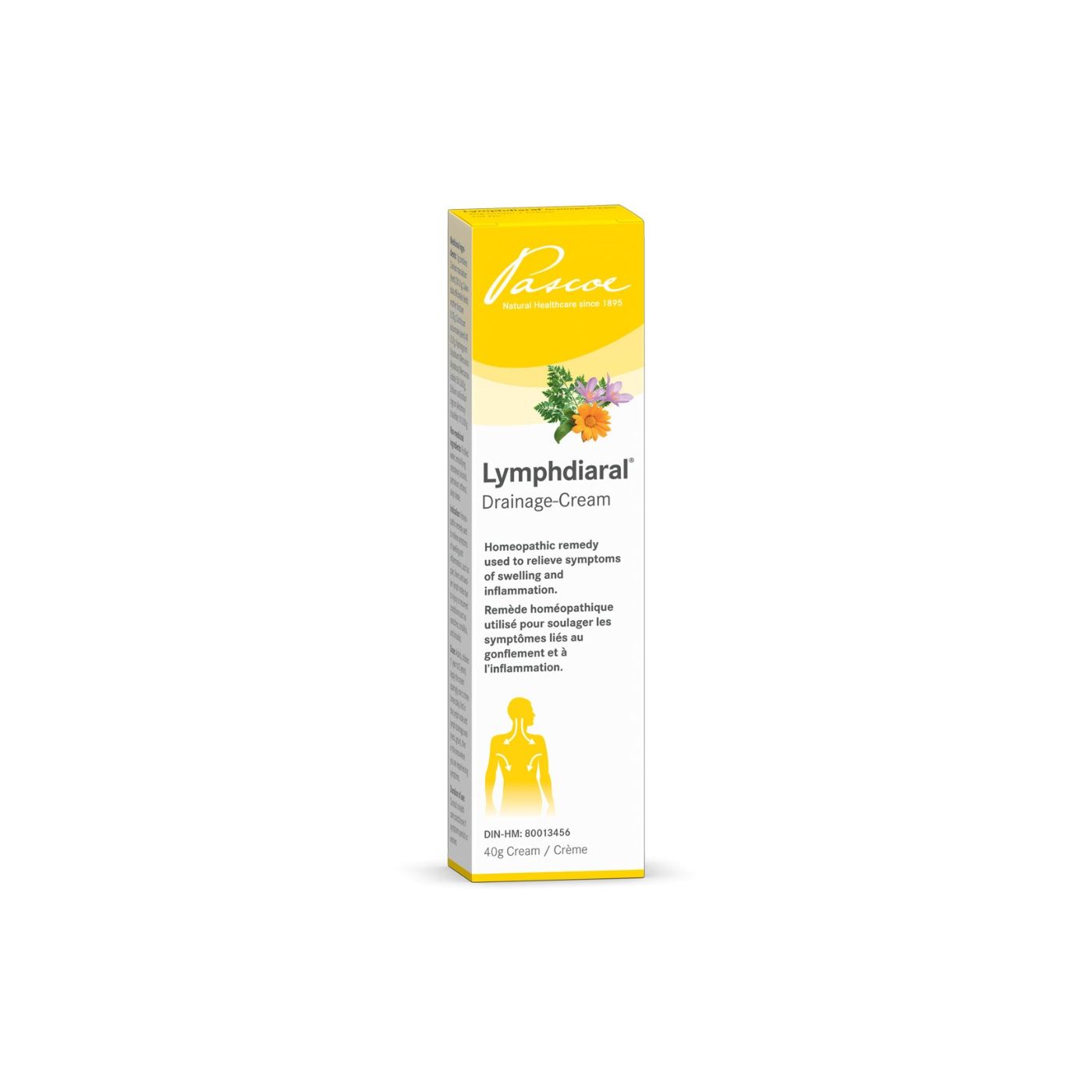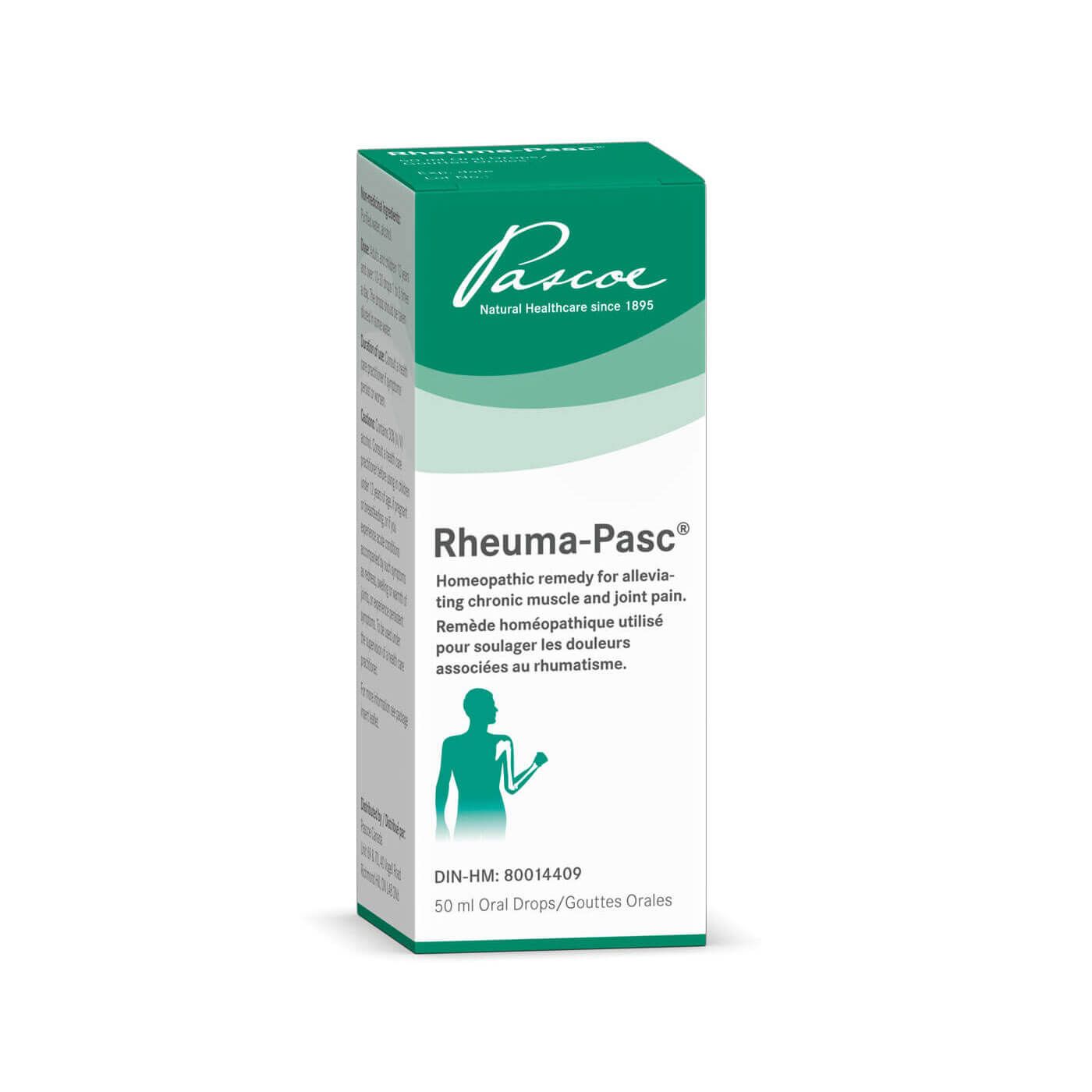Benefits of an Anti Inflammatory Diet
Inflammation, especially joint inflammation can be uncomfortable and limiting. Joint pain and joint swelling can affect individuals at all ages.
Of course the main goal of addressing joint pain is pain relief. But, joint inflammation can affect joint mobility and can limit your ability to exercise or move around for extended periods of time.
Joint inflammation treatment doesn’t need to be tricky! Natural joint pain relief can actually be achieved through joint inflammation diets! Targeting joint inflammation by limiting your intake of inflammatory food can ease pain, offer arthritis relief and help to improve range of motion.
What causes joint and arthritis pain?
Inflammation is a natural response of your immune system and is a necessary function of life and fighting disease. Pain is caused by inflammation.
Inflammation is usually in the form of joint swelling. The swelling is the outcome of excess fluid in the tissues surrounding your joints. It can cause redness, heat, loss of mobility and pain.


When inflammation is chronic and occurs in more than one of your joints it is referred to as arthritis. Although there are many different types of arthritis, they all involve inflammation of the joints and decreased joint mobility.
The direct cause of inflammation can be from many different factors, including age, metabolism, underlying conditions, lifestyle and diet. When joint pain is left untreated, short term pain and inflammation can develop into chronic pain.
Sudden joint pain causes are typically from injuries but can also be from more serious conditions such as lyme disease and different types of autoimmune related arthritis. If you have rapid and sudden joint pain without injury, it is best to talk to your doctor and receive medical advice.
Natural joint relief: Lifestyle changes
The best way to help relieve pain is to reduce inflammation. Inflammation can be reduced through the use of pain medications, but this is a short term solution.
Developing a routine to combat inflammation is the best way to overall reduce pain and improve joint mobility over time.
Many foods, drinks and medications can actually increase inflammation in the body. One of the biggest contributors to inflammation and tissue damage by food are free radicals. These are known as inflammatory foods and can increase or cause inflammation in the body, especially in your joints.
Free radicals cause oxidation, leading to increased inflammation. When free radical levels are very high, foods high in antioxidants or antioxidant supplements can help reduce oxidative stress on the body.
Increasing your intake of anti-inflammatory foods help reduce free radicals in the body by consuming antioxidants and other healthy foods. One of the most popular diets is known as the mediterranean diet. This diet cuts out all processed foods and increases healthy fats and vegetables to help reduce swelling overall.
The well-known medditerean diet is rich in prebiotic fibre. Foods in this inflammatory diet include fruits, vegetables, seafood, legumes, whole grains and nuts.
Inflammatory Food vs. Anti-inflammatory Food:
Avoiding foods that cause inflammation in the body is one of the many steps to help reduce inflammation. Allowing your body to reduce inflammation on it’s own can be hard when it is overloaded with foods causing high levels of inflammation.
According to the Arthritis Foundation the following foods should be avoided when your body is experiencing an inflammatory state:
- Sugar
- Trans fats
- Saturated fats
- Omega-6 fatty acids
- MSG
- Gluten and casein
- Refined carbohydrates
Excess amounts of these foods can increase symptoms of arthritis and joint pain. They also may contribute to other health conditions such as diabetes, obesity and heart diseases.
Increasing foods that help combat inflammation can be easily included into your diet. Choose foods high in antioxidants, health fats and rich in nutrients and vitamins.
Foods to enjoy often:
- Fruits (strawberries, blueberries, cherries and oranges)
- Vegetables (leafy greens, collards)
- Fatty fish (rich in Omega-3)
- Nuts (almonds and walnuts)
- Whole grains
- Herbs and spices (turmeric or cucurmin, ginger, cinnamon)
- Healthy fats and oils (olive oil, avocado oil, grapeseed oils)
Acid-base balance and inflammation:
Acid-base balance can be greatly affected by your diet. Including foods in your diet that help alkalize the body, over acidification and therefore inflammation is reduced. Individuals with higher urine pH levels have intensified symptoms of certain types of arthritis.
Acid-overload from inflammatory foods. Lower bicarbonate levels in the blood increase inflammation. Inflammation can be in your joints, skin or other tissues in your body.
Acidity in the body is caused from body diet, stress, medications, lack of sleep and environmental exposure. Improving sleep, increasing exercise and using electrolyte supplements will help promote a more alkaline environment.
Supplementation of minerals and electrolytes high in acid-buffering capacity can help reduce body inflammation. Minerals can also help improve bone health in conjunction with an appropriate exercise plan. Low impact workouts such as walking, tai chi, yoga and swimming can help improve joint mobility without intense strain on the joints.
Other benefits of balancing your body’s pH levels are decreased risk for disease and healthy skin, hair and nails.
Natural joint swelling remedy: Devil’s Claw
In addition to lifestyle and diet changes, natural joint pain and joint swelling remedies can help with easing pain. Typical joint pain medicine remedies include NSAIDs or painkillers but can have many side effects. Alleviating joint pain naturally can help minimize side effects while improving overall joint mobility.
Devil’s claw is an herb used to help reduce pain and inflammation in the joints. Devil’s claw contains the natural compound harpagoside. Harpagoside is the active constituent having medicinal anti-inflammatory properties.
The compound has potent anti-inflammatory, anti-rheumatic and analgesic effects. Harpagoside gives the botanical supplement, devil’s claw, highly attractive pharmaceutical benefits. Devil’s claw has been proven to have anti-inflammatory effects in clinical and animal studies.
The herb is also known to help improve joint mobility. Devil’s claw extract has been found to work by blocking several pathways that cause joint inflammation in laboratory studies.
Anti-inflammatory properties are shown by reducing pain and increasing overall mobility through administration of devil’s claw on a consistent basis. Joint mobility is an important function to enhance quality of life. Improving joint mobility will reduce pain and reduce disruptions or discomforts in athletics or everyday abilities.
Joint inflammation treatment doesn’t need to be tricky! Natural joint pain relief can actually be achieved through joint inflammation diets! Targeting joint inflammation by limiting your intake of inflammatory food can ease pain, offer arthritis relief and help improve range of motion.
Disclaimer
Pascoe Canada does not offer health or medical advice as we are not a healthcare practitioner. Please speak with your healthcare practitioner before beginning any program related to nutrition, diet, exercise, fitness, medical, and/or wellness. All content published by Pascoe Canada is developed through collaborating with licensed medical professionals and contributors. This includes text, graphics, images, and other material on the website, newsletter, and products (“Content”). This content is for informational purposes only and does not constitute medical advice. The content does not substitute professional medical advice, diagnosis, or treatment. Please always do your own research on whether this is for you along with your healthcare practitioner advice. Always consult your healthcare practitioner prior to using specific herbs because you might have underlying conditions that need professional care. The content is general in nature and is subject to change. It is not intended to cover all possible uses, directions, precautions, warnings, drug interactions, allergic reactions, or adverse effects.




